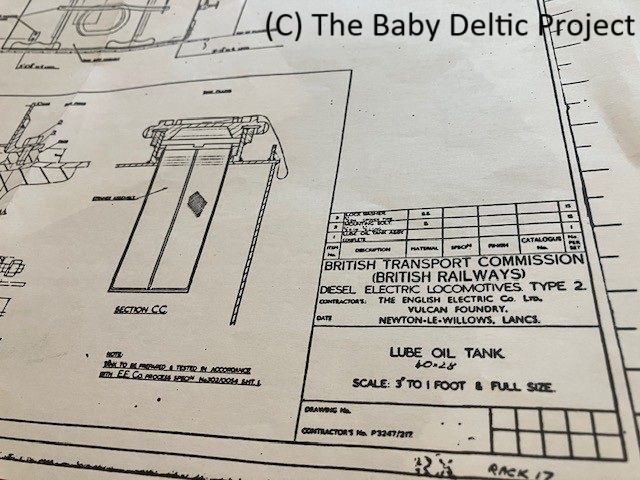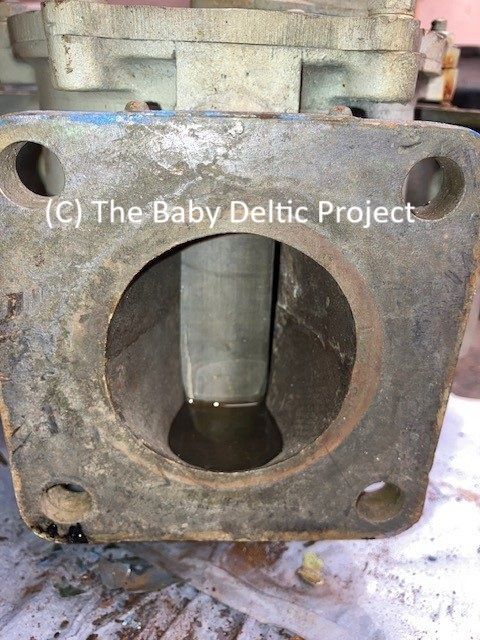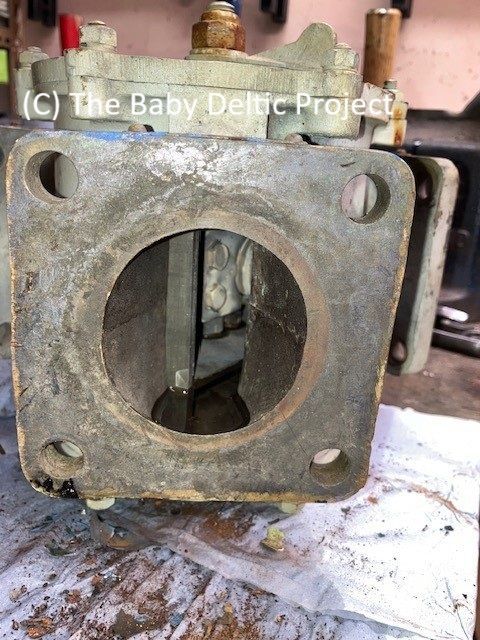News, 16 February 2025
Subscribe to our lottery, still time before the first draw....click below to learn more and to buy tickets.
Very little of visual interest to report this week - apart from the unsubtle reminder that there's still time to buy a lottery ticket before the first draw next Saturday (22 Feb).
We love standing order donations to the project because they allow us to plan expenditure far more easily. Since launching the lottery the number of standing order donors has tripled and that's a fantastic boost to the project - many, many thanks to all those of you who have joined.
A reminder of why the steady flow of funds is so important is shown in the photo below. This is the original EECo drawing for the engine oil tank and we can't run the engine without one. It's easy to think that it's just a tank - we had just such a tank made from steel when we ran and tested the engine all those years ago but that was just a cube with three holes in it. The proper tank is a complex shape, because of where it needs to fit, and should be Aluminium. We're waiting for quotes to come back now from friendly fabricators but I suspect that the price will be a shocker. Your money helps us spread the cost of big purchases like this. Thank you.

Last week's update showed the pre-heater temporarily fitted to the engine cooling system, this week we've looked at and tested the bypass valves which control the flow of coolant and oil through the radiators. It's a simple design with three pipes connected to a common chamber inside which is a wax capsule and a lever mechanism. The wax expands as it heats up and this moves the lever to rotate a shutter and simultaneously undercover one valve port as it covers another. The ports are arranged as follows: one is an inlet from the engine and the other two either direct coolant (or oil) back to the engine (or oil tank) when cold and to the radiator when hot. The Bypass Valves maintain the engine at a constant temperature throughout its operating range. The photos below show one of the valves being heated to its 'fully-open' temperature in a pan, then three as it opens the bypass port when cooling down. Closing the bypass port opens the radiator port, the two shutters are mounted on a common shaft.
Don't write in, I know that the hole in the lid of the pan isn't for a temperature probe, the water never got to boiling point and it was never unattended....




